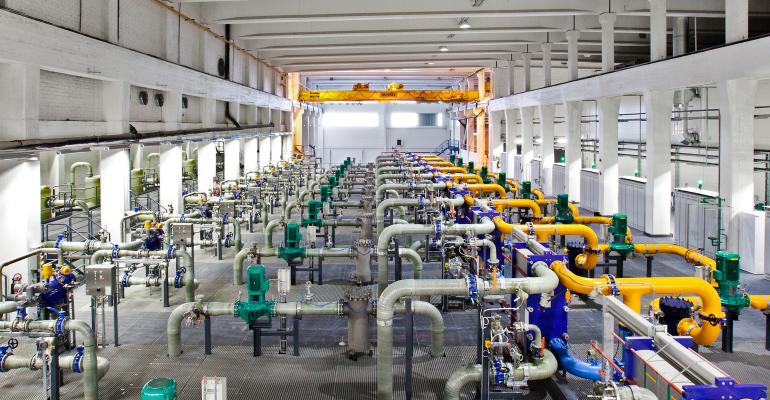When it comes to improving data center sustainability, many strategies are pretty obvious. You invest in renewable energy sourcing. You make your systems more energy-efficient. You possibly purchase some carbon offsets (which don't actually make your facility more sustainable, but at least they offset emissions elsewhere).
But this is not an exhaustive list of data center sustainability practices. If you really want to optimize for energy efficiency and minimize the carbon footprint of your data center, you should dig further and embrace less obvious sustainability strategies.
To that end, here's a look at more creative approaches to data center sustainability. Although the practices discussed below are not viable for every data center, they offer perspective on some of the more advanced, and less obvious, strategies that data center operators can embrace to go beyond the basics on the sustainability front.
1. Using low-carbon concrete for construction
Microsoft made headlines this year when it announced efforts to source low-carbon concrete for constructing a new data center. Standard concrete turns out to be a major source of carbon emissions, but by working with suppliers who are experimenting with novel concrete formulations, the company hopes to pour a more sustainable footprint – literally – for its new facility.
Currently, low-carbon concrete in the data center industry remains experimental; even Microsoft isn't yet sure exactly which type of concrete will turn out to yield the best results on the sustainability front. Still, this is an example of a creative approach to sustainability – and also one that is not particularly challenging to implement if you're constructing a new data center facility.
2. Update your data center roof
Like the material used for a data center foundation, your data center's roof can also play a larger role than you might expect in sustainability.
Roofing material, as well as the color of a roof, impact how much heat a facility absorbs from the sun, and the more ambient energy the building absorbs, the more electricity HVAC systems consume to keep that heat away from IT equipment. For this reason, installing reflective roofing is a relatively low-cost way to improve energy efficiency
3. Move beyond conventional generators
Most enterprise-grade data centers are equipped with generators, which provide backup electricity if the primary electricity source fails. And most of those generators are powered by fossil fuels – typically either natural gas or diesel.
Data center operators including Equinix are experimenting with alternative generators that are compatible with a broader range of fuels. Although the ability to work with conventional energy sources is important because many data centers don't have alternative fuel sources immediately available, compatibility with other types of fuel, such as green hydrogen, offers an opportunity to transition away from "dirty" energy over time.
4. Track data center sustainability metrics
Investing in technologies that can improve sustainability is great. But if you want to confirm that your investments actually yield the intended results, and optimize your energy consumption patterns, you should also continuously track sustainability outcomes in a quantitative way.
To do this, consider adopting a sustainability framework and performing a metrics-based assessment of your sustainability outcomes. Doing so will not only help you measure the ROI (as it were) of sustainability investments, but also generate evidence that can benefit the industry as a whole as data center operators look for tried-and-true ways to enhance sustainability.
5. Repurpose existing buildings
Sometimes, the best way to build a sustainable data center is not to build one at all. After all, constructing buildings is a carbon-intense activity, and finding ways to repurpose a building that already exists can often result in lower total energy expenditures and carbon emissions than building a new facility from the ground up.
The caveat here, of course, is that it's typically more challenging to retrofit the latest energy-efficiency technologies into existing buildings than it is to include them in new ones. But in some cases, the sustainability benefits of an ultra-modern, highly efficient data center may not outweigh the facility's construction costs from a sustainability perspective.
So, before deciding to invest in a state-of-the-art new data center because it seems like the ticket to going green, consider making the most of buildings that already exist – whether that means increasing the capacity of your current data center (by, for example, rearranging the layout of IT equipment to fit more infrastructure into your floor space) or converting a structure that was built for a different purpose into a data center.
Conclusion
When it comes to data center sustainability, it often makes sense to start with the low-hanging fruit – as many data center operators do today. But if you want to be on the cutting edge of sustainability, it's often necessary to think beyond the basics and embrace more advanced sustainability practices, like those described above.





